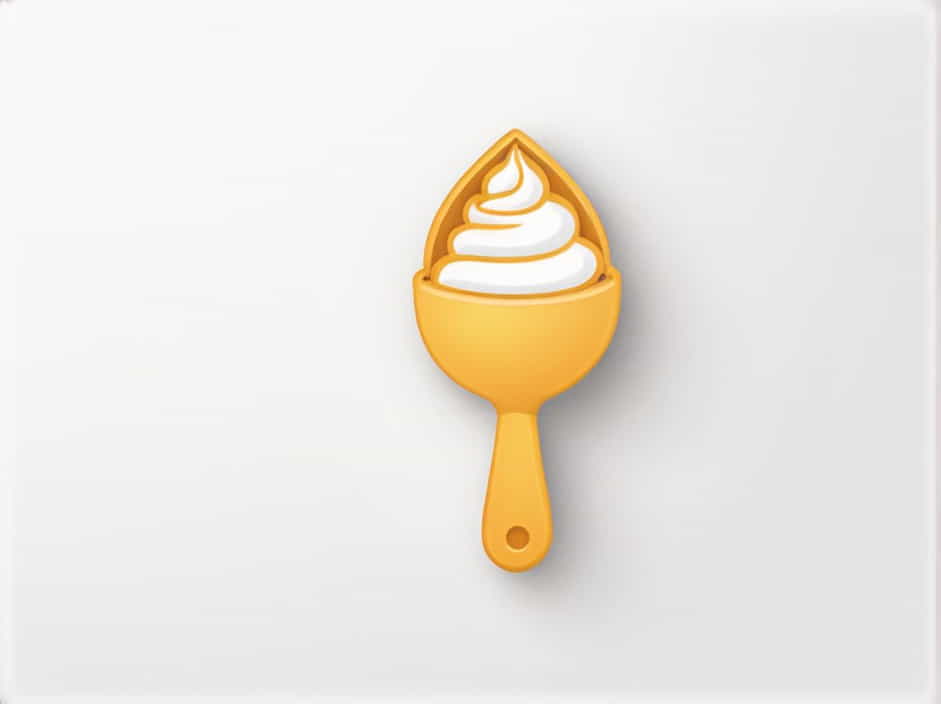Understanding kitchen measurements is essential for accurate cooking and baking. One commonly used measurement is the dessertspoon, but its abbreviation can sometimes be confusing.
This guide will explain the abbreviation for dessertspoon, its size, conversions, and how to use it in recipes.
What Is a Dessertspoon?
A dessertspoon (dstsp or dspn) is a unit of volume used primarily in cooking and baking. It is larger than a teaspoon but smaller than a tablespoon.
The exact size of a dessertspoon varies depending on the country:
- United Kingdom & Australia: 10 mL
- United States: Not commonly used, but sometimes considered about 10 mL
- Europe & Other Regions: May vary between 10-15 mL
What Is the Abbreviation for Dessertspoon?
The most common abbreviations for dessertspoon include:
- dstsp – Most widely recognized
- dsp – Commonly used in Australian recipes
- dspn – Less common but still used in some regions
- ds – Occasionally seen in older recipes
It’s important to check the context of a recipe to ensure the correct measurement unit is being used.
How Does a Dessertspoon Compare to Other Measurements?
To avoid measurement confusion, here’s a quick comparison:
| Measurement | Abbreviation | Equivalent in mL | Equivalent in Teaspoons (tsp) |
|---|---|---|---|
| Teaspoon | tsp or t | 5 mL | 1 tsp |
| Dessertspoon | dstsp or dsp | 10 mL | 2 tsp |
| Tablespoon | tbsp or T | 15 mL | 3 tsp |
A dessertspoon is exactly halfway between a teaspoon and a tablespoon, making it useful for precise measurements in cooking and baking.
How to Convert Dessertspoon to Other Units
If a recipe uses dessertspoon measurements but your measuring tools don’t include one, use these conversions:
1. Dessertspoon to Teaspoon
✔ 1 dessertspoon = 2 teaspoons
✔ Example: If a recipe calls for 2 dessertspoons of sugar, use 4 teaspoons.
2. Dessertspoon to Tablespoon
✔ 1 dessertspoon = ⅔ tablespoon
✔ Example: If a recipe calls for 3 dessertspoons of oil, use 2 tablespoons.
3. Dessertspoon to Milliliters
✔ 1 dessertspoon = 10 mL
✔ Example: If a recipe requires 5 dessertspoons of milk, use 50 mL.
Why Do Some Recipes Use Dessertspoons?
Dessertspoons are more common in older cookbooks and Australian or British recipes. Some reasons include:
✔ More Precise than Teaspoons – A dessertspoon provides a middle-ground measurement.
✔ Common in Traditional Recipes – Many older European and Australian recipes use it.
✔ Easier for Liquid Measurements – When measuring sauces, oils, or dressings, a dessertspoon can be more convenient.
If you’re following a modern recipe, you might not see the dessertspoon as often, but it’s still used in some traditional and international cooking styles.
How to Measure a Dessertspoon Accurately
If you don’t have a dessertspoon measuring tool, you can use:
✔ Two level teaspoons – Since 1 dessertspoon = 2 teaspoons, simply measure two even teaspoons.
✔ A 10 mL measuring spoon – Some sets include a 10 mL spoon that matches the dessertspoon measurement.
✔ A tablespoon measurement – Since 1 tablespoon = 1.5 dessertspoons, use ⅔ of a tablespoon.
For best results, level off dry ingredients like flour or sugar and use a liquid measuring spoon for wet ingredients.
Common Recipes That Use Dessertspoon Measurements
Some traditional recipes still list dessertspoons instead of teaspoons or tablespoons. Here are some examples:
1. Baking Recipes
✔ Cake batters
✔ Cookie dough
✔ Muffins
2. Sauces & Dressings
✔ Salad dressings
✔ Marinades
✔ Gravies
3. Beverage Recipes
✔ Tea and coffee mixes
✔ Cocktail syrups
✔ Smoothies
If you see “dstsp” or “dsp” in a recipe, refer to the conversion table to adjust your measurements correctly.
Mistakes to Avoid When Using a Dessertspoon
Using the wrong measurement can affect the taste and texture of your dish. Here are some common mistakes and how to avoid them:
1. Confusing It with a Tablespoon
❌ Problem: Adding a tablespoon instead of a dessertspoon can result in too much ingredient.
✔ Solution: Always check the abbreviation (dstsp vs. tbsp) before measuring.
2. Not Leveling Off Dry Ingredients
❌ Problem: A heaping spoonful adds extra volume.
✔ Solution: Use a flat knife to level off dry ingredients.
3. Assuming All Dessertspoons Are the Same Size
❌ Problem: Some countries use 10 mL, while others may vary slightly.
✔ Solution: If uncertain, use mL conversions for accuracy.
Should You Use Dessertspoons in Modern Cooking?
While dessertspoons are still used in some regions, modern recipes often prefer teaspoons and tablespoons for clarity. If you’re following a recipe that includes dstsp, simply convert it to a more common unit.
✔ If the recipe is from the UK, Australia, or New Zealand, use 10 mL per dessertspoon.
✔ If the recipe is American, it likely means two teaspoons instead.
For everyday cooking, it’s best to stick to teaspoons and tablespoons unless the recipe specifically calls for a dessertspoon.
Final Thoughts
The abbreviation for dessertspoon is most commonly dstsp or dsp, and it equals 10 mL or 2 teaspoons. While not as common in modern cooking, it is still used in some traditional and international recipes.
When following a recipe that uses dessertspoons, use the correct conversions to ensure accuracy. By understanding kitchen measurements, you’ll improve your cooking and baking skills, making every dish turn out just right!
